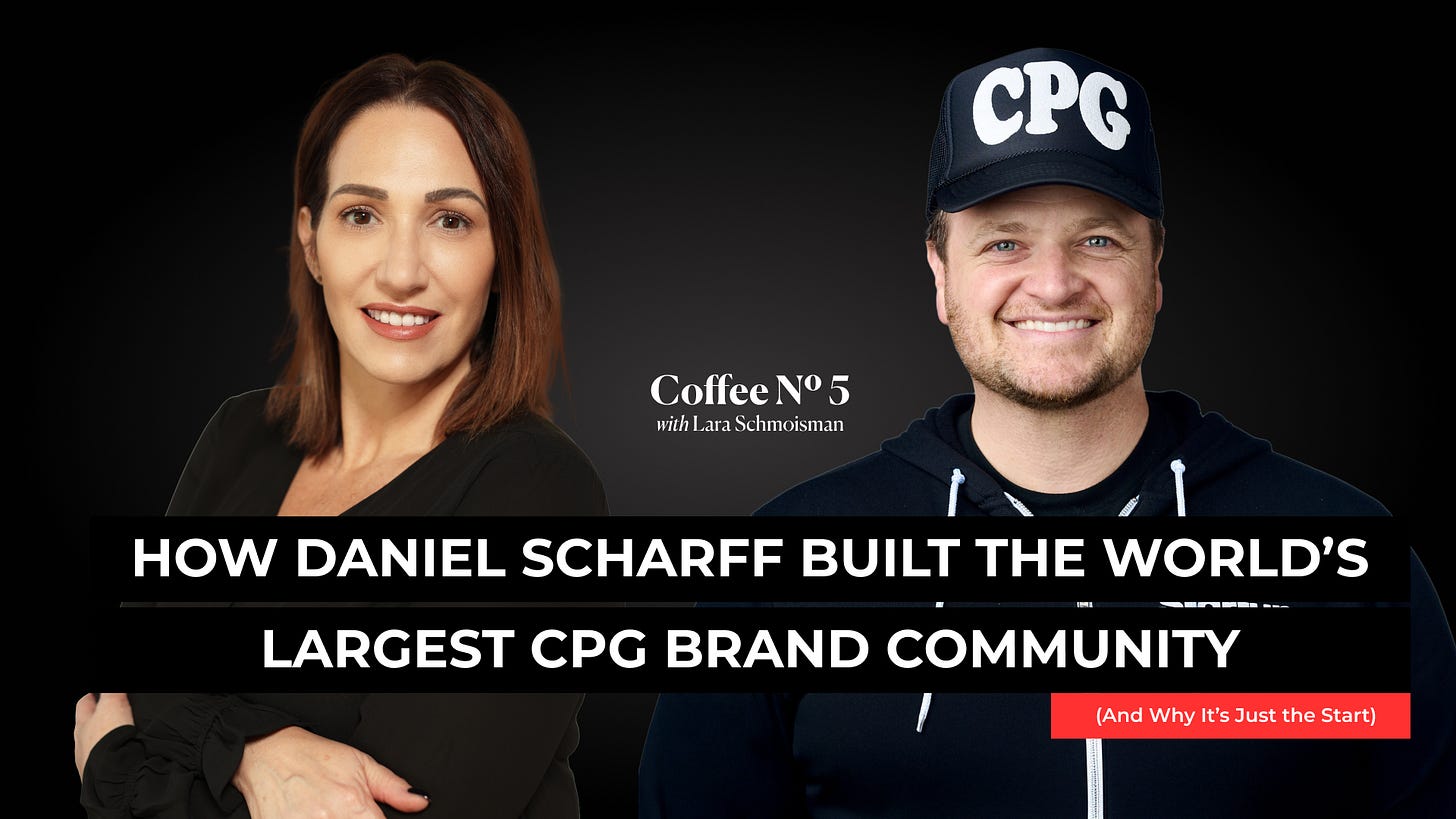If You’re Not Segmenting Your Ads, You’re Burning Money
And no, “Women 25-65” is not a real strategy.
Let’s get one thing out of the way:
If your digital ads aren’t segmented, you’re not marketing — you’re donating to Meta and Google.
I’ve seen it too many times. Someone launches an ad campaign, pours in budget, and then says, “Well… I’m not sure why it didn’t convert.”
Let me guess:
One generic ad.
One broad audience.
One-size-fits-no-one messaging.
That’s not a campaign. That’s wishful thinking.
Here’s the truth:
For an ad to work, it needs to be relevant.
And to be relevant, it needs to speak to someone specific.
Not everyone. Not the algorithm gods. Someone.
Because the same message will not hit the same way for:
A first-time buyer vs. a loyal repeat customer
A mom of three vs. a college student
Someone who clicked your site once vs. someone who abandoned checkout yesterday
This is where segmentation comes in — and why it’s non-negotiable.
So what do we mean by segmentation?
It’s the art (and science) of breaking your audience into meaningful groups based on how they behave, what they need, and where they are in the customer journey.
Not just who they are, but what they’ve done.
And trust me, platforms like Meta, Google, TikTok, and Pinterest have plenty of ways to support segmentation — if you actually use them.
Quick Breakdown: The Most Common Types of Digital Ads (And Where Segmentation Matters)
Awareness Ads
Think: cold audiences, new eyeballs.
Use segmentation to test creatives by interest, location, demographics, and behaviors.
(“People who like clean beauty” ≠ “People who follow Sephora.”)Consideration/Engagement Ads
Retarget people who clicked, watched, or browsed.
Speak to them like they’ve already met you — because they have.
(And please stop showing your intro ad to someone who visited your product page three times.)Conversion Ads
These are the closers.
Segment by cart abandoners, high-intent visitors, email subscribers.
Your messaging here should be crystal clear, benefit-forward, and action-driven.
No fluff. No “about us.” Just why now.Retention + Loyalty Ads
Running ads to past buyers? Amazing.
Now talk to them like VIPs. Cross-sell, upsell, show new drops — but don’t reintroduce yourself.
They already said yes once. Keep it personal.
So, if you’re running one campaign to a giant “lookalike audience” and hoping it all works out…
You’re not scaling.
You’re just spending.
Segmentation isn’t complicated.
It’s just intentional.
And when done right, it turns clicks into conversions — and browsers into buyers.
So next time you build a campaign, ask yourself:
“Who exactly am I talking to?”
And more importantly:
“Why would they care?”
Because if it’s not relevant, it’s not working.
And if it’s not working — why are you paying for it?
Let’s stop wasting budget on ads that talk to everyone and convert no one.
Segment smarter. Spend wiser. Grow faster.
— Lara
How Daniel Scharff Built the World’s Largest CPG Brand Community (And Why It’s Just the Start)
Daniel Scharff, Founder & CEO of Startup CPG and host of a top 0.5% global podcast, joins Lara Schmoisman to talk brand-building, retail truth bombs, and what it really takes to grow in the crowded CPG space.
We'll talk about:
How Daniel scaled Startup CPG into the most trusted brand community in the industry.
What most CPG founders get wrong when pitching to retailers.
The surprising reason brand story is more important than ever (and how to actually tell it).
Why “overnight success” is the biggest myth in consumer goods.
The real-life challenges of launching a beverage brand—and hitting 3,000 doors in year one.
Behind the mic: building a podcast that dominates the CPG space (and what guests really want).
Lessons from 15 years in CPG—from corporate boardrooms to founder burnout and back.
The one metric Daniel says every founder should track but most ignore.
For more information, visit Daniel Scharff' LinkedIn.
Subscribe to Lara’s newsletter.
Also, follow our host Lara Schmoisman on social media:
Instagram: @laraschmoisman
Facebook: @LaraSchmoisman


